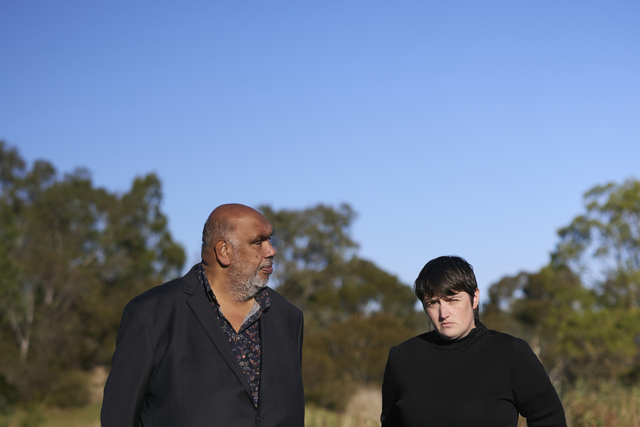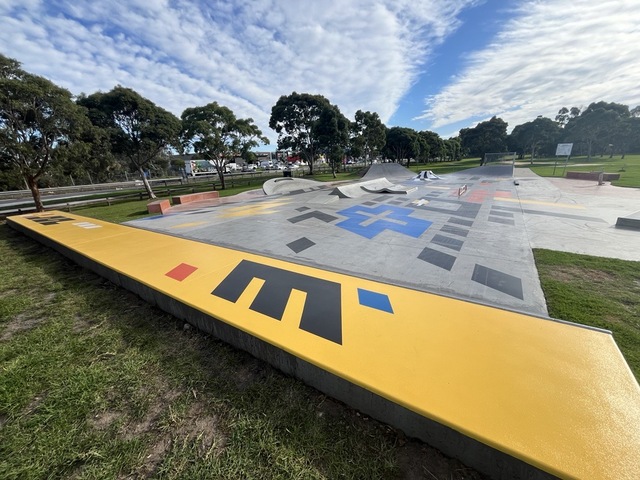By Sasha Petrova
A RESIDENT’S plan to turn Cranbourne Transfer Station into a carbon sink is to be presented to Casey councillors.
Michael Sellesnew wants to plant trees once the transfer station is closed in order to absorb some of the greenhouse gas emissions from the neighbouring Stevensons Road landfill.
He says that when the wind blows from the landfill, the sink will act as a “buffer to absorb carbon dioxide”.
“To avoid dangerous climate change, we all need to have green ambitions in order to reduce green house gas emissions now,” he said.
Because trees absorb carbon dioxide through photosynthesis and turn it into oxygen, he said they are a great way to offset any carbon dioxide emissions.
Casey council says the Stevensons Road landfill emits roughly 40 per cent methane and 60 per cent carbon dioxide and Mr Sellesnew said methane is 21 times more harmful to the environment.
Mr Sellesnew said: “In order to reduce green house emissions, we must burn the methane to produce carbon dioxide and water,” which, he said, would then be absorbed into nearby vegetation.
Over one year, the amount of carbon dioxide coming from the burned methane would amount to 7500 tonnes.
“An average tree can absorb 7.5 to 13 kg of carbon dioxide per year,” Mr Sellesnew said.
Based on this, he said 600,000 trees would have to be planted to absorb all the landfill’s carbon dioxide.
Although the space in the Cranbourne Transfer Station could not accommodate this many trees, Mr Sellesnew said it was “a start”.
Councillor Amanda Stapledon said she was enthusiastic about the idea which she said “could address many issues and none more important than the peace, tranquillity and fresh air local residents can enjoy well into the future.”
“Any vegetation with a green leaf will absorb carbon dioxide and, in fact, will grow at a faster rate and in a more healthy state as a result,” she said.
She also said that residents had met with the Cranbourne Botanic Gardens which offered its support to explore the proposal.
She said it was a great opportunity to engage in carbon offset initiatives such as the Carbon Farming Initiatives (CFI) and offset planting in which developers have to plant 10 trees for every one they remove.
Considering the high cost of the government-imposed carbon tax, the carbon dioxide sink could save companies a lot of money, according to Mr Sellesnew.
At the council’s 17 May meeting, a motion was passed for Mr Sellesnew to talk about his proposal and its benefits at the council’s next General Purposes Committee Meeting.
Carbon sink plan pushed
Digital Editions
-

Celebrate Christmas with Heart
The festive season for us is all about sunshine, family and giving — and you can still create those magical wow moments, whether it’s a…





